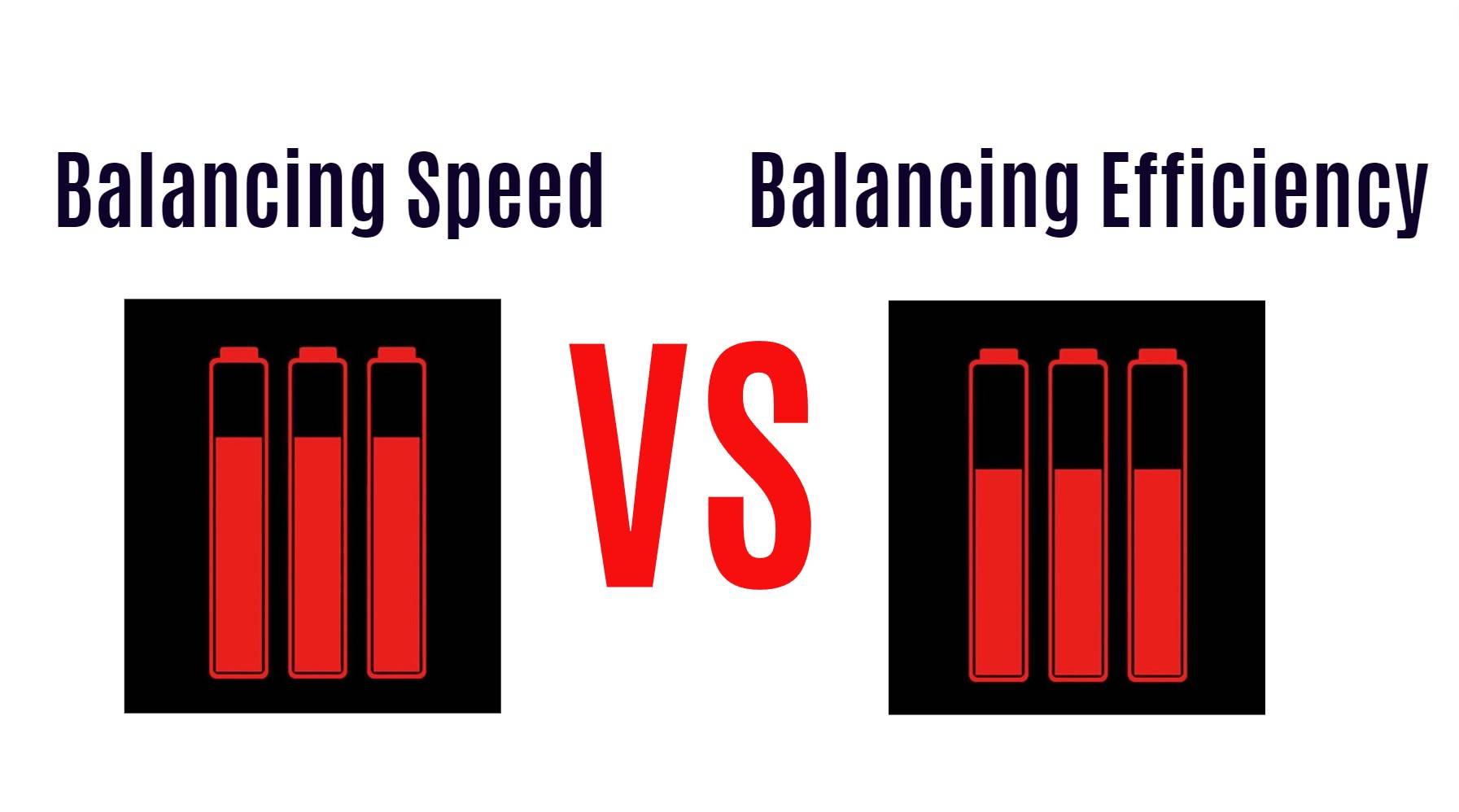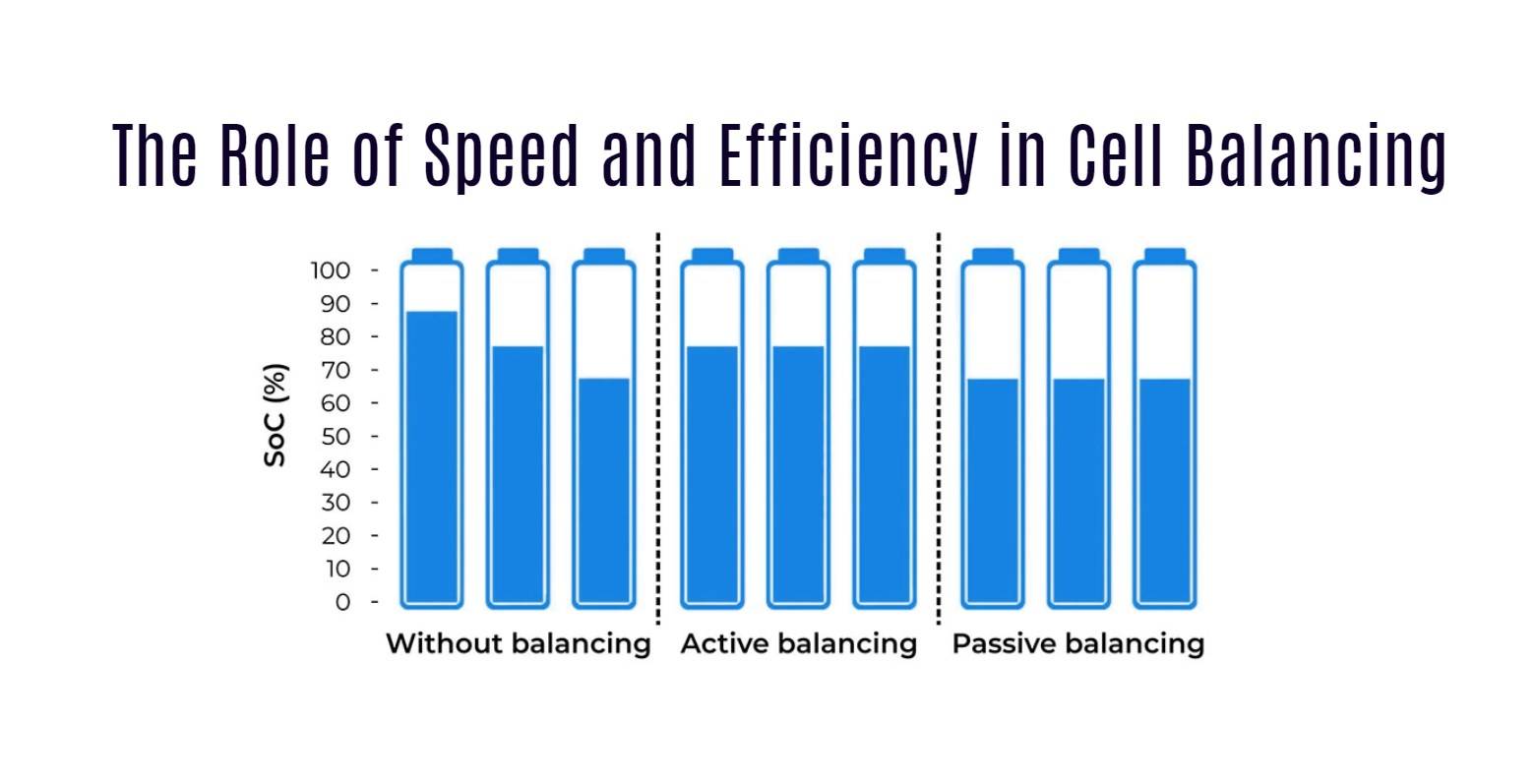Understanding how cell balancing speed and cell balancing efficiency impact battery management systems (BMS) is crucial for enhancing battery performance and longevity. Cell balancing speed refers to how quickly the BMS can equalize the charge among cells, while cell balancing efficiency measures how effectively this process maintains optimal performance. Both factors are vital for maximizing battery life and reliability.
What is a Battery Management System (BMS)?
A Battery Management System (BMS) is an electronic system that manages a rechargeable battery by monitoring its state, calculating secondary data, controlling its environment, and balancing the cells within the battery pack. The BMS ensures that each cell operates within its safe limits, preventing overcharging, overheating, and deep discharging, which can lead to reduced lifespan or failure.Chart: Key Functions of a BMS
| Function | Description |
|---|---|
| Monitoring | Tracks voltage, current, temperature of cells |
| Protection | Prevents overcharge, over-discharge, and short circuits |
| Balancing | Ensures all cells have equal charge |
| Communication | Interfaces with external devices (e.g., chargers) |
How Does Cell Balancing Work in a BMS?
Cell balancing involves adjusting the voltage levels of individual cells within a battery pack to ensure they are all at the same state of charge. This process can be achieved through two main methods:
- Passive Balancing: Excess energy from higher voltage cells is dissipated as heat through resistors.
- Active Balancing: Energy is transferred from higher voltage cells to lower voltage ones, improving overall efficiency.
This balancing process helps maintain optimal performance across all cells, extending the overall life of the battery pack.
Why is Cell Balancing Speed Important for Battery Performance?
The speed of cell balancing affects how quickly a battery can reach optimal performance after charging or discharging cycles. Faster balancing speeds allow for:
- Quicker recovery times after usage.
- Reduced risk of cell damage due to prolonged imbalances.
- Enhanced overall efficiency during charging cycles.
A slower balancing speed may lead to uneven cell voltages, which can result in reduced capacity and increased degradation over time.Chart: Impact of Balancing Speed on Performance
| Speed Category | Impact on Performance |
|---|---|
| Fast | Quick recovery, better capacity retention |
| Moderate | Acceptable performance with some degradation |
| Slow | Increased risk of damage and reduced lifespan |
How Does Cell Balancing Efficiency Impact Battery Life?
Cell balancing efficiency refers to how well the BMS can equalize cell voltages without wasting energy. High efficiency means that less energy is lost during the balancing process, leading to:
- Improved overall battery capacity.
- Longer operational life due to reduced thermal stress.
- Better performance under varying load conditions.
Inefficient balancing can result in excessive heat generation and energy loss, negatively impacting battery longevity.
What Factors Influence Both Speed and Efficiency in Cell Balancing?
Several factors can affect both the speed and efficiency of cell balancing:
- BMS Design: The architecture of the BMS plays a crucial role in determining how quickly it can balance cells.
- Cell Chemistry: Different battery chemistries respond differently to balancing techniques.
- Temperature Conditions: Extreme temperatures can affect both the speed of balancing processes and their efficiency.
- State of Charge Variability: Larger discrepancies between cell voltages may require more time for effective balancing.
How Can Manufacturers Optimize Both Speed and Efficiency in BMS?
Manufacturers can take several steps to enhance both cell balancing speed and efficiency:
- Advanced Algorithms: Implementing sophisticated algorithms that optimize the balancing process based on real-time data.
- Quality Components: Using high-quality components that reduce resistance and improve energy transfer rates.
- Thermal Management: Incorporating effective thermal management systems to maintain optimal operating temperatures during balancing.
- Regular Updates: Providing firmware updates that enhance existing BMS functionalities.
By focusing on these areas, manufacturers can significantly improve the performance of their battery systems.
Industrial News
Recent advancements in battery management technology have highlighted the importance of optimizing cell balancing processes. Companies are increasingly investing in research to develop smarter BMS solutions that not only enhance speed but also improve energy efficiency. This trend aligns with growing demands for longer-lasting batteries in electric vehicles (EVs) and renewable energy storage systems.
Redway Power Views
“Balancing speed and efficiency are critical parameters that directly influence battery performance,” states industry expert Jane Smith. “As we push towards more sustainable energy solutions, optimizing these aspects will be key to extending battery life and improving overall system reliability.”
FAQ Section
What is cell balancing in a battery management system?
Cell balancing is the process of equalizing charge levels among individual cells within a battery pack to ensure optimal performance and longevity.Why does cell balancing speed matter?
Faster cell balancing speeds allow batteries to recover quickly after use, reducing risks associated with uneven charge levels.How does cell balancing efficiency affect battery life?
Higher efficiency in cell balancing minimizes energy loss during the process, leading to improved capacity retention and longer operational life.What factors influence cell balancing performance?
Factors include BMS design, cell chemistry, temperature conditions, and variability in state of charge among cells.This comprehensive exploration of cell balancing speed versus efficiency provides critical insights into their roles within battery management systems, emphasizing their importance for enhancing battery performance and longevity.


























